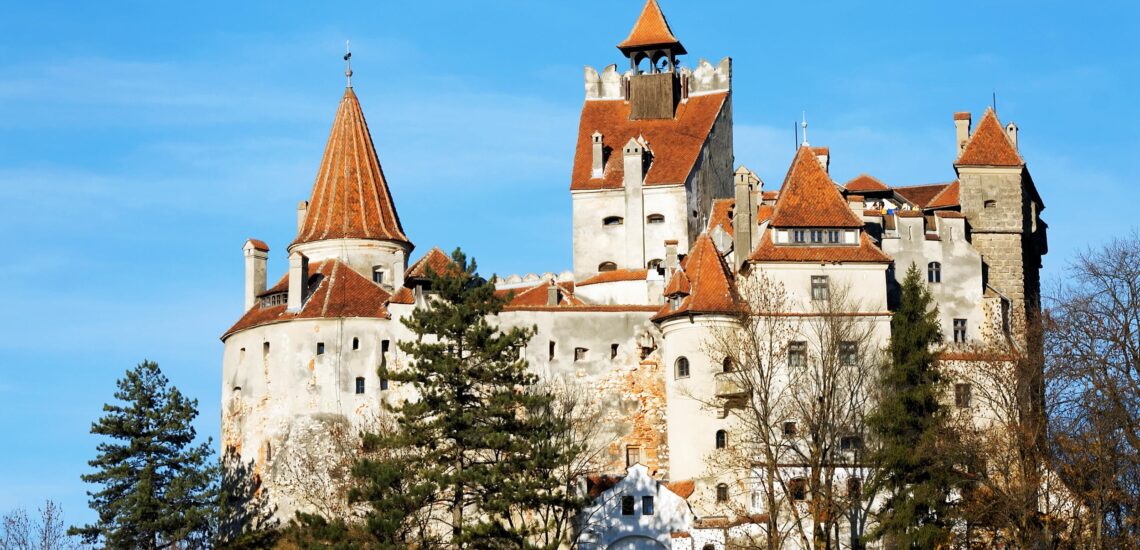Quick facts about Romania:
- Location: Romania is in Southeastern Europe, bordered by Ukraine, Bulgaria, Serbia, Hungary, and Moldova.
- Capital: Bucharest
- Population: Over 19 million
- Geography: Diverse landscapes including the Carpathian Mountains and the Danube River.
- Castles: Famous for medieval castles, including Bran Castle.
Fact 1: Romania’s name is linked to Roman Empire
The name “Romania” has its origins in the Latin word “Romanus,” meaning “Roman.” Historically, the territory of present-day Romania was part of the ancient Roman province of Dacia. The Latin-speaking Roman colonizers assimilated with the local Dacian population, contributing to the formation of a distinct culture. Over time, as Latin persisted as the dominant language, the region became known as “Romania,” signifying a land inhabited by the descendants or citizens of the Roman Empire. This linguistic and historical connection remains an integral part of Romania’s identity.
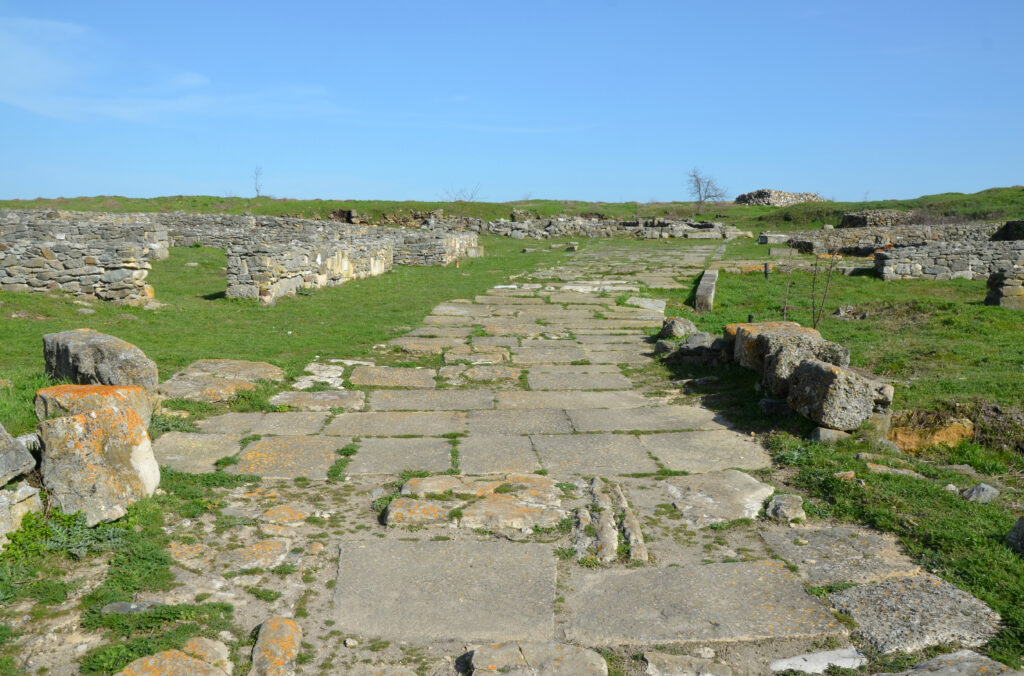
Fact 2: Count Dracula is associated with the historical figure Vlad III
The connection between Count Dracula and Vlad III, a 15th-century ruler of Wallachia (now part of modern Romania), is a historical link often explored in literature and folklore. Vlad III is commonly known as Vlad the Impaler due to his brutal methods of punishing enemies. The Irish author Bram Stoker drew inspiration from Vlad’s reputation and incorporated it into his famous Gothic novel “Dracula.” While Count Dracula is a fictional character, the association with Vlad III adds a historical dimension to the Dracula myth, contributing to the cultural and historical legacy of Romania.
Fact 3: Romania’s parliament is housed in one of the largest and heaviest buildings in the world
The Palace of the Parliament, located in Bucharest, is an iconic structure and serves as the seat of the Parliament of Romania. Renowned for its immense size, it is considered one of the heaviest and most extensive administrative buildings globally. Construction began in 1984, and the building is a testament to the architectural grandeur of the communist era. The Palace of the Parliament stands as a significant symbol of Romania’s history and a remarkable example of monumental architecture.
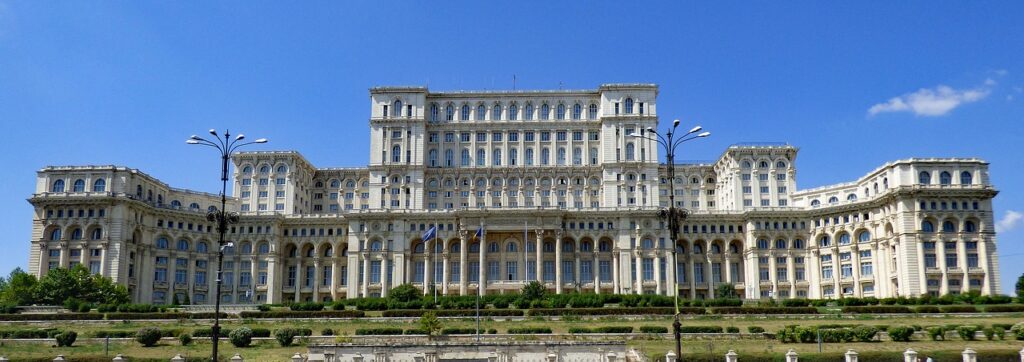
Fact 4: The first street illuminated with electric lights appeared in Romania
Timișoara, a city in western Romania, holds the distinction of having the first street illuminated with electric lights in the country. This historic event took place on November 12, 1884, when the city installed electric arc lamps on the main street, paving the way for advancements in urban lighting technology. Timișoara’s pioneering initiative marked a notable moment in the history of electric street lighting in Europe.
Fact 5: One of the most beautiful roads is in Romania
The Transfăgărășan Highway, often referred to as one of the most picturesque roads globally, gained recognition from the popular automotive show Top Gear. This winding mountain road traverses the Southern Carpathians, offering breathtaking views and scenic landscapes. Open from late June to October, the Transfăgărășan is known for its hairpin turns, dramatic elevation changes, and stunning vistas, making it a favorite destination for both driving enthusiasts and tourists exploring the beauty of Romania.
Note: Would you like to go for a drive? Check if you need an International Driver’s License in Romania to drive.
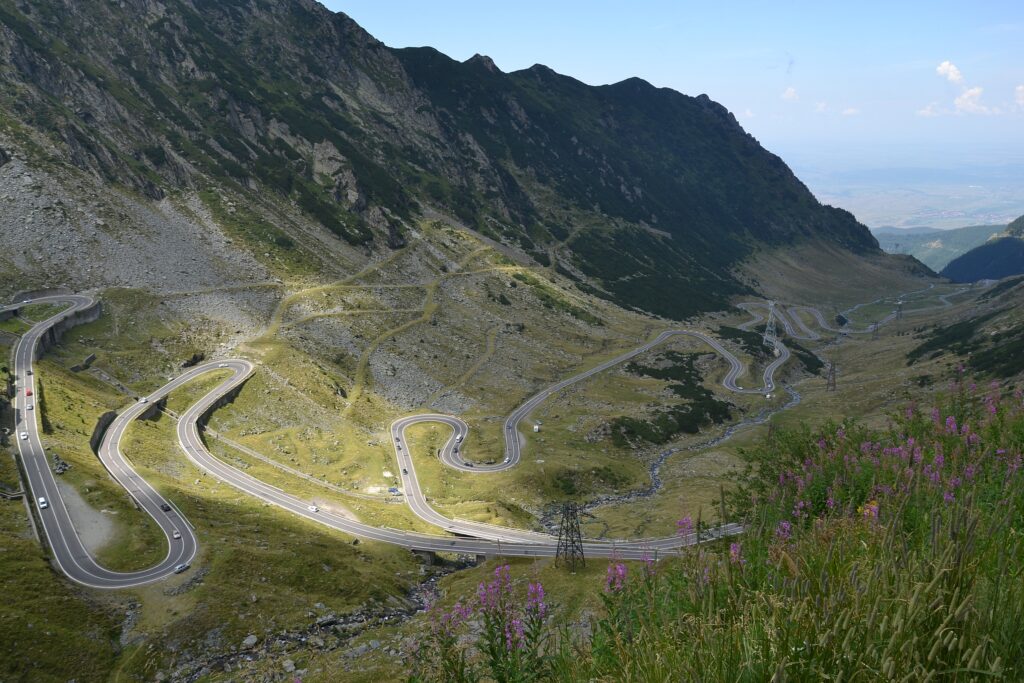
Fact 6: The tallest church made of wood is in Romania
The Wooden Church of Saint George in Surdești, Maramureș County, Romania, holds the title of the tallest wooden church in the world. Built in 1766, this UNESCO World Heritage Site stands at an impressive height of approximately 72 meters (236 feet). The intricate craftsmanship of the wooden structure, including its tall spire, showcases the rich tradition of wooden architecture in the region and adds to Romania’s cultural and historical heritage.
Fact 7: In Romania, there is a unique and humorous cemetery
The Merry Cemetery (Cimitirul Vesel) in Săpânța, Maramureș County, is famous for its colorful tombstones featuring humorous epitaphs and whimsical poems. Created by artist Stan Ioan Pătraș, the cemetery stands out as a celebration of life rather than a somber reflection on death. The witty and lighthearted verses provide insights into the lives and personalities of the deceased, making the Merry Cemetery a distinctive and amusing cultural attraction in Romania.
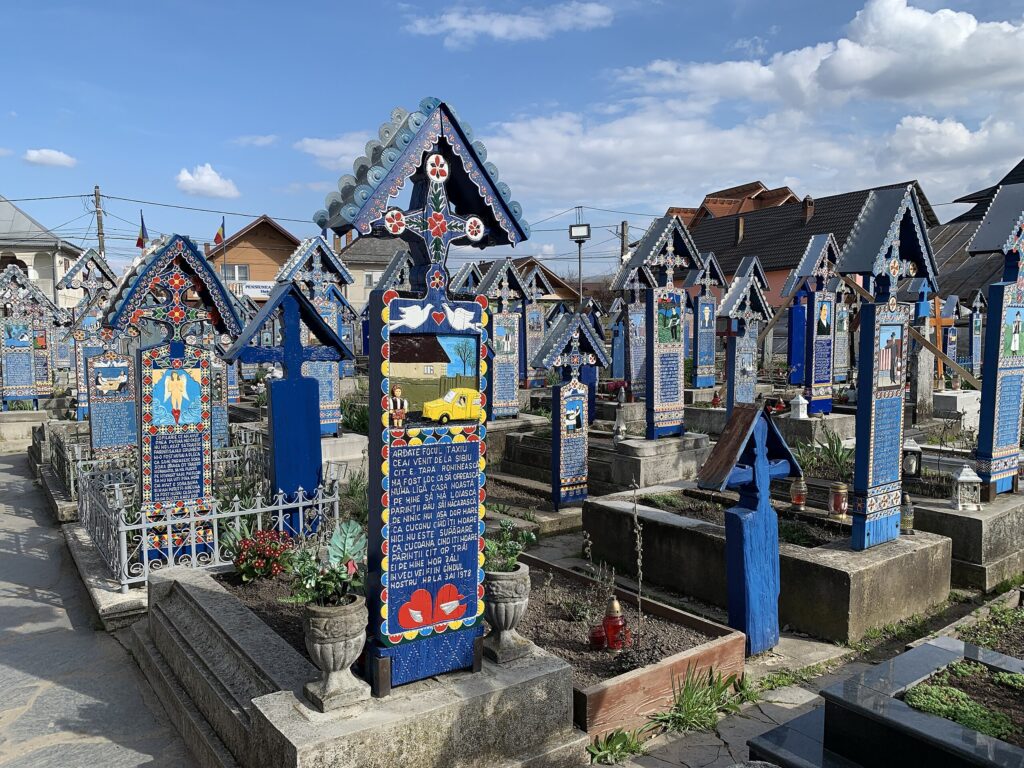
Fact 8: Romania is home to the second-largest glacier in Europe
The Balea Glacier, situated in the Făgăraș Mountains of the Southern Carpathians, is the second-largest glacier on the European continent. Covering an area of approximately 10 hectares, the glacier is a remarkable natural feature, attracting visitors with its stunning alpine scenery. Romania’s Balea Glacier, also known as the Balea Lac Glacier, contributes to the country’s diverse and picturesque landscapes.
Fact 9: There are a total of 8 UNESCO World Heritage sites in Romania
Romania boasts a diverse range of cultural and natural treasures recognized by UNESCO. These sites include:
- Churches of Moldavia: These are a group of eight Romanian Orthodox churches in Northern Moldova, known for their unique and vibrant exterior frescoes depicting religious scenes.
- Dacian Fortresses of the Orăștie Mountains: A series of six hilltop fortresses built by the ancient Dacian civilization in the 1st centuries BC and AD, providing insights into their military architecture.
- Historic Centre of Sighișoara: A well-preserved medieval town, birthplace of Vlad the Impaler (the inspiration for Count Dracula), with colorful houses, a Clock Tower, and the Church on the Hill.
- Monastery of Horezu: An 18th-century masterpiece of Brâncovenesc style architecture, the Horezu Monastery is known for its religious paintings, sculptures, and a serene courtyard.
- Villages with Fortified Churches in Transylvania: A collection of seven villages with fortified churches built by the Transylvanian Saxons, showcasing a unique blend of medieval and Gothic architectural elements.
- Wooden Churches of Maramureș: A group of eight wooden churches, primarily in the Maramureș region, known for their traditional Maramureșan architectural style and detailed woodwork.
- Painted Monasteries of Northern Moldova: A set of eight Romanian Orthodox monasteries in Northern Moldova, renowned for their exterior frescoes depicting religious scenes, recognized for their artistic and spiritual value.
- Rosia Montana Mining Cultural Landscape: A cultural landscape in the Apuseni Mountains with archaeological, historical, and environmental significance, reflecting centuries of mining and metallurgical activities.
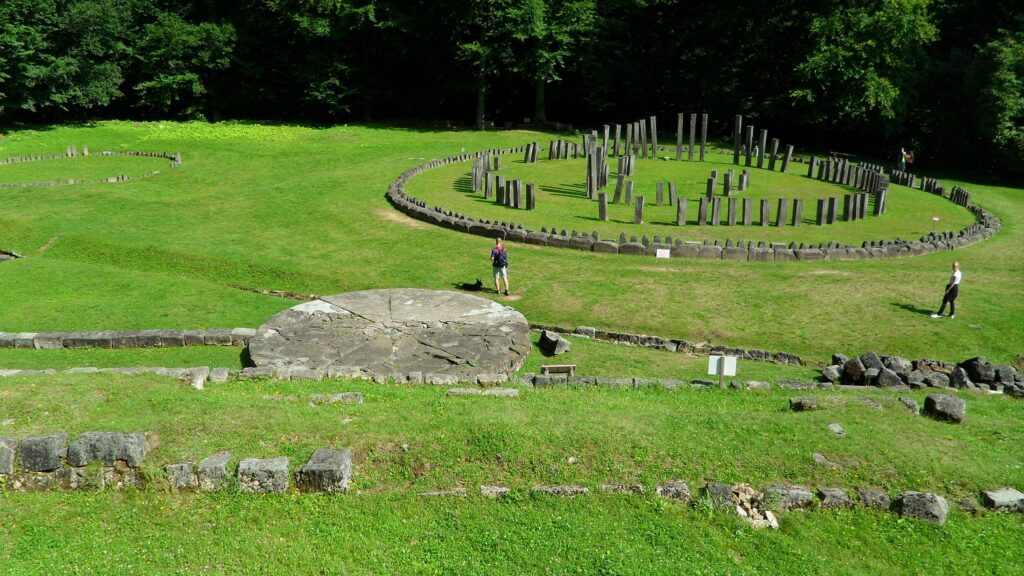
Fact 10: Romania has a Gold Museum
The Gold Museum is located in Brad, Romania, a town with a history deeply intertwined with gold mining. The museum showcases the country’s rich heritage in gold mining, featuring exhibits on the geological, historical, and cultural aspects of gold extraction in the region. Visitors can explore various artifacts, tools, and information related to Romania’s gold mining industry, providing a comprehensive understanding of the significance of gold in the country’s history.

Published January 31, 2024 • 10m to read

